#save our wildlife
Explore tagged Tumblr posts
Text

#atwa#nature#natures beauty#save our planet#save our wildlife#stop tearing down#save the bees#save the trees
8 notes
·
View notes
Text

💫✨️🐻
#rhys darby#darling honey light of my life#our flag means death#ofmd s2#the gentleman pirate#ofmdedit#ofmd fandom#rhysdarbyinizedarby#save our flag means death#rhys my beloved#rhys my hero#hungry games#wildlife#wildlife series
30 notes
·
View notes
Text
🛟Save Our Seabirds!🛟
A couple days ago, central Florida got hit by by Hurricane Milton (and before that, Helene.) Save Our Seabirds in Sarasota rescues, rehabilitates and releases injured and sick seabirds, and unfortunately has sustained so, so much damage in the wake of the storms.
A dear friend of mine works alongside these amazing people. I know things are rough for everyone, but anything helps (Shares / RBs are just as important!!!) Help us Save Our Seabirds ❤️
https://www.facebook.com/SaveOurSeabirds?mibextid=ZbWKwL
https://www.saveourseabirds.org/donate
13 notes
·
View notes
Text
'You should never prioritize the lives of animals over the lives of people-' actually I view all lives as inherently equal as the baseline of my philosophy because human and animal lives are inseperable and codependant. The life of the bee and the wild wasp and the mosquito and the rattlesnake and the coyote and the couger you damn are all parts of the turning machine that sustain the growth of the food you eat and the health of the land you live on. You are dependant on them to survive and they are dependant on you to stop them from being slaughtered by power-hungry capitalists who see them as nothing more than pests to be eradicated. Their lives are equal to yours in worth because we are both componants of an ecosystem, cells in a great living body, and if you destroy one then the other will die. Do you understand.
#this does NOT extend to people treating poc worse than dogs btw. this is about prioritizing wildlife#bc I keep getting told that I should focus more on saving human lives than ecological restoration and countering extinction#and it makes me so mad#we have to MAKE OUR HOME VIABLE TO LIVE IN TO SAVE OURSELVES
44 notes
·
View notes
Text
I need Americans to stop weighing in on the UKs indoor vs outdoor cat debate until they read up on our biodiversity crisis and learn exactly why our wildlife decline is so serious (spoiler: it's not the cats)
#im all for advocating for indoor cats but americans please listen to us when we tell you its not what will save our wildlife. please#except in scotland with scottish wildcats. if youre gonna go hard on us for indoor cats focus on that. please#the UKs situation is entirely different to america and wont listen when we tell them this but they love to talk as if we're stupid#hold our government accountable. hold our landowners accountable. please#13% woodland cover left in the uk and only 25% is ancient. 71% farmland cover and agriculture is so intensive it cannot sustain our wildlife#the government is polluting our waters. pesticides are polluting our waters#THAT is why our wildlife is dying#cats have been here for 1600 years and the wildlife decrease has only been significant within the last 100 or so. 41% since 1970#it aint the cats. i know its hard for americans to accept. but listen to us. it aint the cats#would it help? yes of course and thats why im still for it. is it going to solve our biodiversity crisis? absolutely not and it never will
10 notes
·
View notes
Photo
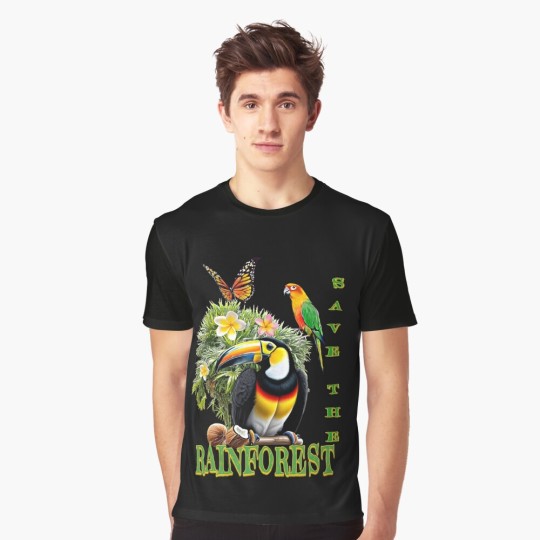



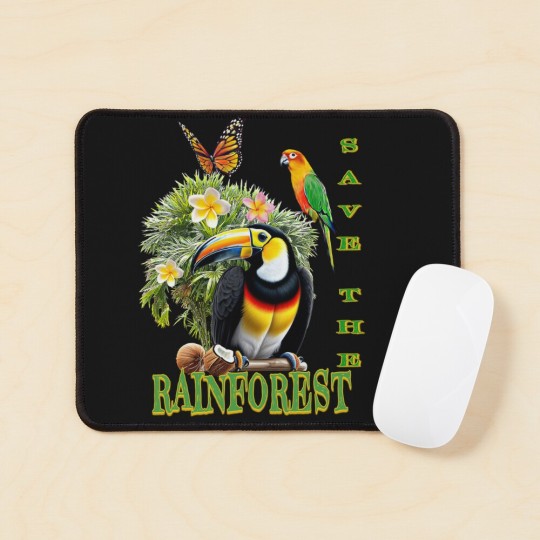
(via "Forest Preservation" Magnet for Sale by TruGrowth)
#findyourthing#redbubble#wildlife#nature#rainforest#save the rainforest#woods#greenearth#protect our forests#save our planet#art#graphicsdesign#artists on tumblr#black artists on tumblr
3 notes
·
View notes
Text

My Wandering Albatross: A reminder that the world is a big and beautiful place.
source
#art#wandering albatross#albatross#nature#birds#wildlife#canvas prints#save our species#freedom#yogamat
2 notes
·
View notes
Text
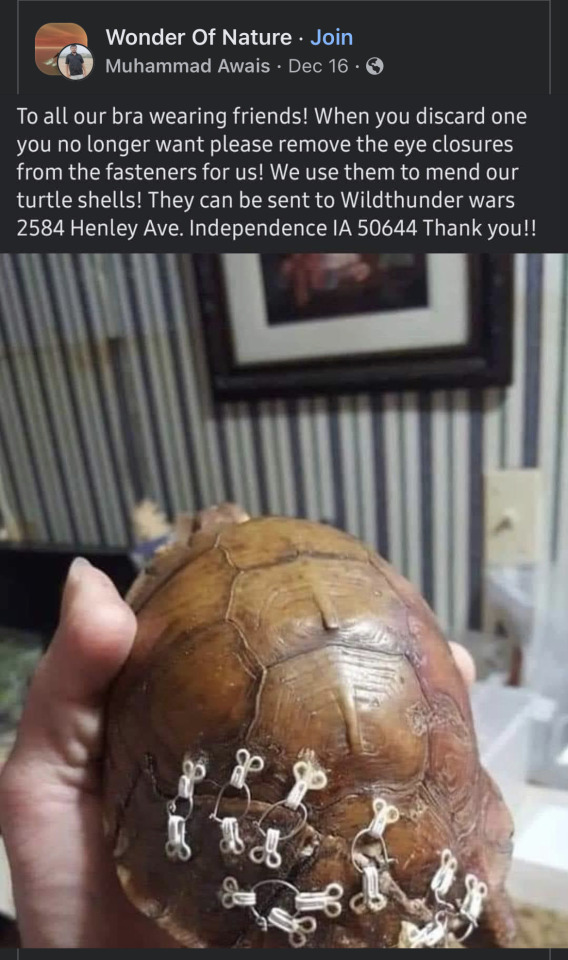
#little moth's page#save the damn turtles#trans masc ppl#we can use our old bras for good#more good#bras you cant give to someone else because its broken?#just give the clasps to a wildlife rehab so they can save a turtle!
17 notes
·
View notes
Photo
Tiger conservation is critical right now.
https://on.soundcloud.com/cxkQ8

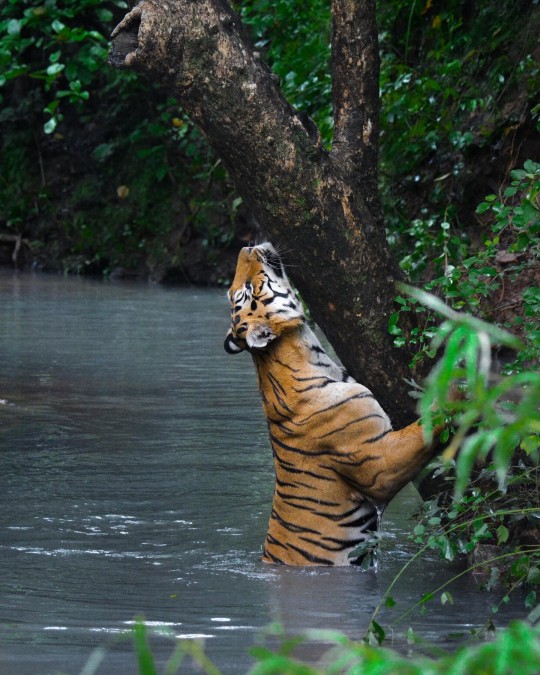
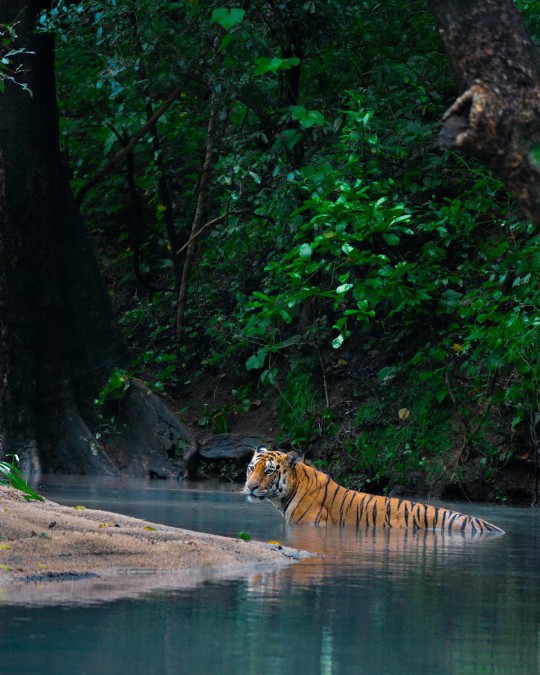
(by Lallan Goap)
#Save our tigers#Conservation#Extinction#Critically endangered#Wildlife#Tigers#Tiger#Panthera tigris
10K notes
·
View notes
Text
When I was in vet school I went to this one lecture that I will never forget. Various clubs would have different guest lecturers come in to talk about relevant topics and since I was in the Wildlife Disease Association club I naturally attended all the wildlife and conservation discussions. Well on this particular occasion, the speakers started off telling us they had been working on a project involving the conservation of lemurs in Madagascar. Lemurs exist only in Madagascar, and they are in real trouble; they’re considered the most endangered group of mammals on Earth. This team of veterinarians was initially assembled to address threats to lemur health and work on conservation solutions to try and save as many lemur species from extinction as possible. As they explored the most present dangers to lemurs they found that although habitat loss was the primary problem for these vulnerable animals, predation by humans was a significant cause of losses as well. The vets realized it was crucial for the hunting of lemurs by native people to stop, but of course this is not so simple a problem.
The local Malagasy people are dealing with extreme poverty and food insecurity, with nearly half of children under five years old suffering from chronic malnutrition. The local people have always subsisted on hunting wildlife for food, and as Madagascar’s wildlife population declines, the people who rely on so-called bushmeat to survive are struggling more and more. People are literally starving.
Our conservation team thought about this a lot. They had initially intended to focus efforts on education but came to understand that this is not an issue arising from a lack of knowledge. For these people it is a question of survival. It doesn’t matter how many times a foreigner tells you not to eat an animal you’ve hunted your entire life, if your child is starving you are going to do everything in your power to keep your family alive.
So the vets changed course. Rather than focus efforts on simply teaching people about lemurs, they decided to try and use veterinary medicine to reduce the underlying issue of food insecurity. They supposed that if a reliable protein source could be introduced for the people who needed it, the dependence on meat from wildlife would greatly decrease. So they got to work establishing new flocks of chickens in the most at-risk communities, and also initiated an aggressive vaccination program for Newcastle disease (an infectious illness of poultry that is of particular concern in this area). They worked with over 600 households to ensure appropriate husbandry and vaccination for every flock, and soon found these communities were being transformed by the introduction of a steady protein source. Families with a healthy flock of chickens were far less likely to hunt wild animals like lemurs, and fewer kids went hungry. Thats what we call a win-win situation.
This chicken vaccine program became just one small part of an amazing conservation outreach initiative in Madagascar that puts local people at the center of everything they do. Helping these vulnerable communities of people helps similarly vulnerable wildlife, always. If we go into a country guns-blazing with that fire for conservation in our hearts and a plan to save native animals, we simply cannot ignore the humans who live around them. Doing so is counterintuitive to creating an effective plan because whether we recognize it or not, humans and animals are inextricably linked in many ways. A true conservation success story is one that doesn’t leave needy humans in its wake, and that is why I think this particular story has stuck with me for so long.
(Source 1)
(Source 2- cool video exploring this initiative from some folks involved)
(Source 3)
#we can save the world just maybe not in the way we’d planned#long post#scicomm#conservation#lemurs#wildlife#ecology#animals#vet med#veterinary medicine#One Health
33K notes
·
View notes
Text

🌱💚 Restoring Madagascar, One Tree at a Time 🌳🌍
At The Flat Pack Kitchen Co., we’re passionate about more than just kitchens. We’re on a mission to help reforest Madagascar, tackling deforestation and supporting the unique wildlife, like the iconic ring-tailed lemurs. Join us in making a meaningful impact with every kitchen we deliver.
Learn how you can support our efforts and make a difference in restoring our planet’s health. Every flat pack kitchen counts towards a greener future!
🔗 Learn More About Our Sustainability Initiatives
#sustainability#madagascar#east africa#tree planting#save our planet#wildlife#our planet#beautiful planet#planet earth#plant a tree#plant a treee initiative
1 note
·
View note
Text
Hey y'all, this is another REALLY great cause to donate (IF YOU CAN) to and it's actually something that affects me personally. If you have any questions of want further information you can reach out to @jamesgaddis also feel free to just simply share this link :)
0 notes
Text
As someone living in the UK, you can make fun of us, the insect situation here is dire. Habitat fragmentation is off the charts. But the reason america still has what it has is because it got europeans there later than europe got them, not because the current societal attitudes are any different. I've never been to the US but we don't have whatever nonsense homeowner's associations are (no one on the street has said anything about us turning our front lawn into a wildflower meadow (which is somewhat sad because I'm dying to propagandise about it (the new neighbours down the street installed roll on lawn with a singular exposed birdfeeder hanging from a post miles away from any cover like what? do you want birds or not?)) and I'm also willing to bet our general roadside verge game is slightly better.
But you can tell, especially if you've experienced places where it is Not Like This that the UK's remaining nature is hmmm. tamed. No large predators, no actually dangerous snakes (iirc the grass adder is the only venomous snake and they're very shy and nonlethal), and the worst insect encounter you could get is like. a wasp sting. Nothing's huge, the landscapes aren't dramatic, and the wildflowers aren't thorny or massive, they if anything grow to 50cm and then put out a few little flowers. Which isn't to say there aren't exceptions (there are and I can name many. shoutout to foxgloves.), but in general it's all very polite. The only human-unfriendly plants that manage to remain common do so by being brambles and stinging nettles.
I don't know how well wolves would do here, we don't really have any massive tracts of wilderness – you hit a village every two hours or so on every footpath, but I'd love to see them reintroduced. It would help with the deer situation.
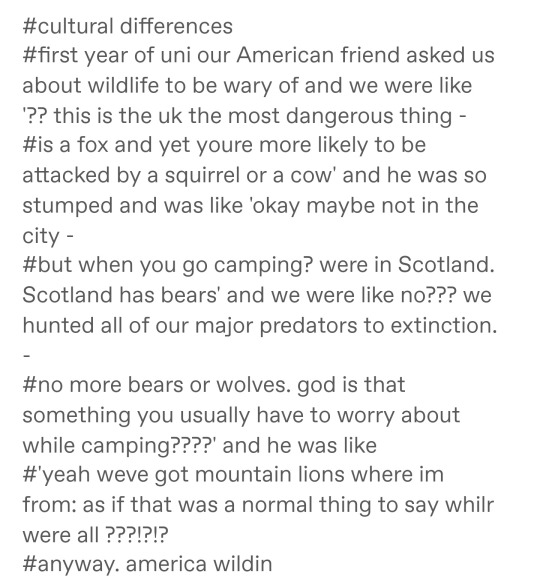
Actually your society is the freaks for shooting everything that moves and burning half your "nature reserves" every year so that upperclass dandies can eat leaded pheasant. North Americans are the well adjusted ones here, your country has become a desolate suburban lawn in island form
#personally I would love it if the local wildlife was capable of killing me swiftly and uncaringly. we barely even get mosquitos.#I am excited about pine martens though. I think they're a good candiate for A Little Menace Around Here.#rip grey squirrels I'll snicker at your graves#this all is not to say that I don't love the subtlety and understatedness of many of our wildflowers.#go girls be a little unpalatable to the average member of the general public. save your wonder only for people who put the effort in etc.#tdlr I totally agree with prev but We Did Also Do All That
88K notes
·
View notes
Text

#n:Full Documentary | Brazil's Atlantic Forest | Wildlife of Mata Atlântica#cr:youtubecom/@terramater#such a beautiful place#let's save our nature
1 note
·
View note
Text
Preserving Our Natural Heritage: Tips for Saving Wildlife
Shaina Tranquilino
November 19, 2023
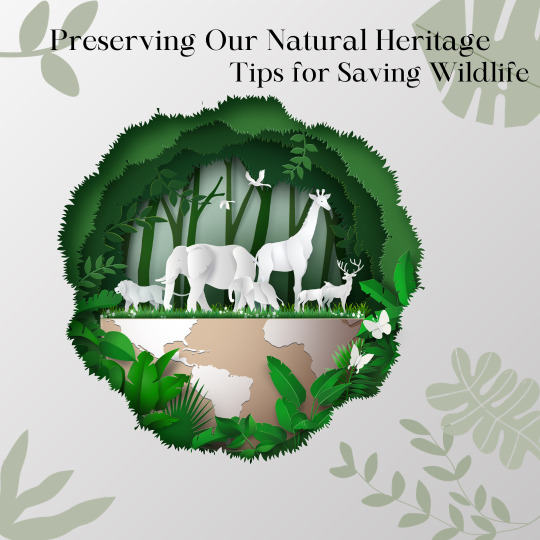
The world we live in is incredibly diverse, with an abundance of incredible wildlife species that captivate our imaginations and contribute to the delicate balance of ecosystems. However, many of these creatures are facing significant threats due to habitat loss, climate change, pollution, and poaching. As responsible stewards of this planet, it is crucial for us to take action and play our part in conserving and protecting wildlife. In this blog post, we will discuss some effective ways to save wildlife.
1. Support Conservation Organizations: Numerous organizations around the globe work tirelessly towards preserving biodiversity and safeguarding endangered species. By supporting reputable conservation groups through donations or volunteering opportunities, you can contribute directly to their efforts. Examples include World Wildlife Fund (WWF), International Union for Conservation of Nature (IUCN), and local initiatives such as community-based conservation programs.
2. Promote Sustainable Living: Our individual actions have a collective impact on the health of our environment. Embracing a sustainable lifestyle can help minimize damage to ecosystems and preserve habitats for various wildlife species. Reduce your carbon footprint by using energy-efficient appliances, driving less or opting for public transport, recycling and composting waste materials, and choosing eco-friendly products whenever possible.
3. Preserve Natural Habitats: Habitat destruction remains one of the leading causes of declining wildlife populations worldwide. Take steps to protect natural habitats within your surroundings – whether it be forests, wetlands, or grasslands – by participating in habitat restoration projects or advocating for the preservation of green spaces in your community.
4. Avoid Single-Use Plastic: Plastic pollution poses a severe threat to marine life and terrestrial animals alike. Refusing single-use plastics and packaging can significantly reduce pollution levels in oceans and landfills. Instead, opt for reusable alternatives such as stainless steel water bottles.
5. Educate and Raise Awareness: Increasing awareness about the importance of wildlife conservation is essential for long-term change. Share your knowledge with others, engage in discussions, and participate in educational events. Encourage friends, family, and colleagues to watch documentaries or read books on wildlife preservation. By spreading information and inspiring others, we can create a ripple effect that contributes to saving wildlife.
6. Support Sustainable Tourism: When travelling, choose responsible tourism operators who prioritize wildlife conservation and minimize their environmental impact. Avoid activities that exploit animals or disturb their natural habitats. Instead, opt for eco-tours that prioritize education and respect for wildlife while contributing to local economies in sustainable ways.
7. Be Mindful of Wildlife Products: Avoid purchasing products made from endangered plants or animals such as ivory, fur, or exotic species kept as pets. The illegal wildlife trade is a significant contributor to species decline globally; by refusing to support this industry, you help protect vulnerable creatures.
Preserving our planet's biodiversity is both a collective responsibility and an urgent necessity. By incorporating these practices into our daily lives, we can make a tangible difference in the fight to save wildlife populations worldwide. Remember that every small action counts! Let us unite in safeguarding the incredible diversity of life on Earth for future generations to enjoy and appreciate.
#preserving nature#saving wildlife#protecting our heritage#conservation tips#biodiversity matters#sustainable living#wildlife protection#nature lovers unite#environmental awareness#save the animals#go green for wildlife#preserve and protect
1 note
·
View note
Text
I've been seeing a lot of Discourse around outdoor cats that talks past one of the biggest problems addressing community cats/outdoor working cats so I thought I'd chime in with my two cents.
Many arguments I see just... don't think about the cats at all? Or don't consider the logistics of actually addressing the feral cat problem in a humane way. It's always about how outdoor cats shouldn't be outdoors, which is neither realistic nor helpful.
I used to volunteer at an municipal animal shelter in the USA that had a TNR program (Trap, Neuter, Return) and also adopted out community cats to local farms and businesses. Here's my side of the story.
"Your cat doesn't need to be outside" -- Yes, correct. Your domesticated (non-feral) house cat does not need to go outside at all. They can have a fully actualized life safely indoors. When I see this argument, proponents of indoor only cats are correct in most or all their arguments regarding this.
"Outdoor cats are the largest invasive species in the world, and decimate bird populations." -- This is also correct, and part of the reason why you can help by bringing your house cat indoors. Cats are the largest invasive species. Spay and Neuter your cats, bring them inside, and socialize them so they don't become feral.
"TNR doesn't work." -- False. Whether we like it or not, feral cats exist. We have two methods by which we can address the feral cat population -- decimating them (humanely euthanizing the whole colony) or TNR. For a long time, euthanasia was the preferred way to address the feral cat problem. Afterall, if the cats aren't there, doesn't that save the local wildlife population?
Except that we found, studying these colonies, that when a colony is wiped out, the cats of another colony will spread into their territory and continue to have kittens and the population of feral cats is neither controlled nor diminished.
Hence, TNR. What we found performing TNR on cat colonies was that this controlled the population of the colonies, allowing them to stay in their territory, which kept other colonies from spreading (especially colonies we hadn't performed TNR on yet). We at the shelter felt this was the most humane way to control the feral cat population and safely deflate their existence without dealing with the population blooms that euthanasia caused.
"What about kittens?" -- Kittens from these colonies were brought into the shelter, socialized, and fostered out until they could be adopted. Some of these semi-feral kittens needed special homes to be adopted into, but this was the best quality of life for these cats.
"What about cats that get missed during TNR?" -- We would return to the colony several times over a period of several years to perform TNR on the same colony. We mark cats that have been neutered by clipping their ear (this is done humanely, but is the most reliable way to tell if a cat has been neutered so the poor thing doesn't have to have surgery 3-4 times in their life). Also, during the TNR process the cats would be vaccinated to ensure disease did not spread from the colony (i.e. rabies). Still, even getting 60% of the colony TNR'd would dramatically reduce the number of kittens being added to the colony each year. This controlled the population by allowing the territory to naturally deflate in size over time, buying us time to address the larger feral cat problem.
"What if the colony was in an unsafe location?" -- There were two ways we addressed unsafe colony locations -- remember, we know that when the colony is removed, a new colony will move into its place, so we tried not to move the colony unless we really felt the cats or the public was unsafe -- one was to move the whole colony to a new location. Preferably someplace like a warehouse where we have an agreement with the owners of the warehouse. Some of the cats were even relocated to shelter grounds as our community cats. If the colony was small enough we would bring them into our Feral Cats room and adopt them out as community cats.
"What is a community cat?" -- The way the program worked, was that anyone who needed a working cat could apply to the program. These were often rural farmers or businesses with warehouses that needed rodent protection. We trained the farmers and businesses on how to acclimatize the cats to their new home, and as part of the agreement, they had to care for the cats (veterinary care, vaccinations, food and water). This gave businesses and farms an alternative to expensive and environmentally unfriendly rodent control, and also gave these feral cats good places to live out their natural lives.
"Can't you just adopt out feral cats?" -- No. Cats that have not been socialized around humans as kittens, or who have several generations of feral cat in them could not interact with humans in a way that did not cause them undue stress. This was not a humane way to handle feral cats. However, when a cat was brought into the feral cat room, they would be monitored for up to a week. If the cat displayed signs of being semi-social or fully social (hanging out outside of their den, allowing staff to pet them, showing interest in staff in the room), then we would either move the cat into the adoption room or place them in foster to be socialized before adoption. Feral cats who displayed signs of being able to live full and healthy lives with human companions were NOT adopted out as community cats. We also observed this behavior during TNRs and would do the same for those cats too.
"But aren't cats bad hunters?" -- Compared to other species, cats are not the most effective form of rodent control. This is true. However, you have to understand that feral cats exist. There is no "undo" button we can push to stop them from existing. We have to deal with the problem we have right now, which is to safely and humanely decrease the number of feral cats in our communities. And yes, we do that by using cats as rodent control in the community.
"What can I do?" -- Stop saying community cats shouldn't exist. That's not helpful and doesn't solve the problem we have. Bring your cat indoors. Spay and neuter your cats. Adopt from shelters. Volunteer with a TNR team. Support TNR efforts in your community. Recognize that those of us actively dealing with the community/feral problem are trying to do what is in the best interest of our communities and the animals we love. We aren't sitting over here saying these cats should exist -- a feral cat will not have the same quality of life as one that is indoors with a family -- but we have to address the problem in practical terms. We don't have the moral high ground to just do nothing while pontificating solutions that have no basis in actuality.
And yes, it's okay to celebrate community cats. If your local farm has a couple of working cats, that means that farm is helping participate in the safe deflation of the feral cat population. Don't shame a farm or business for using community cats. We're all doing the best we can to solve the problem that we have.
6K notes
·
View notes